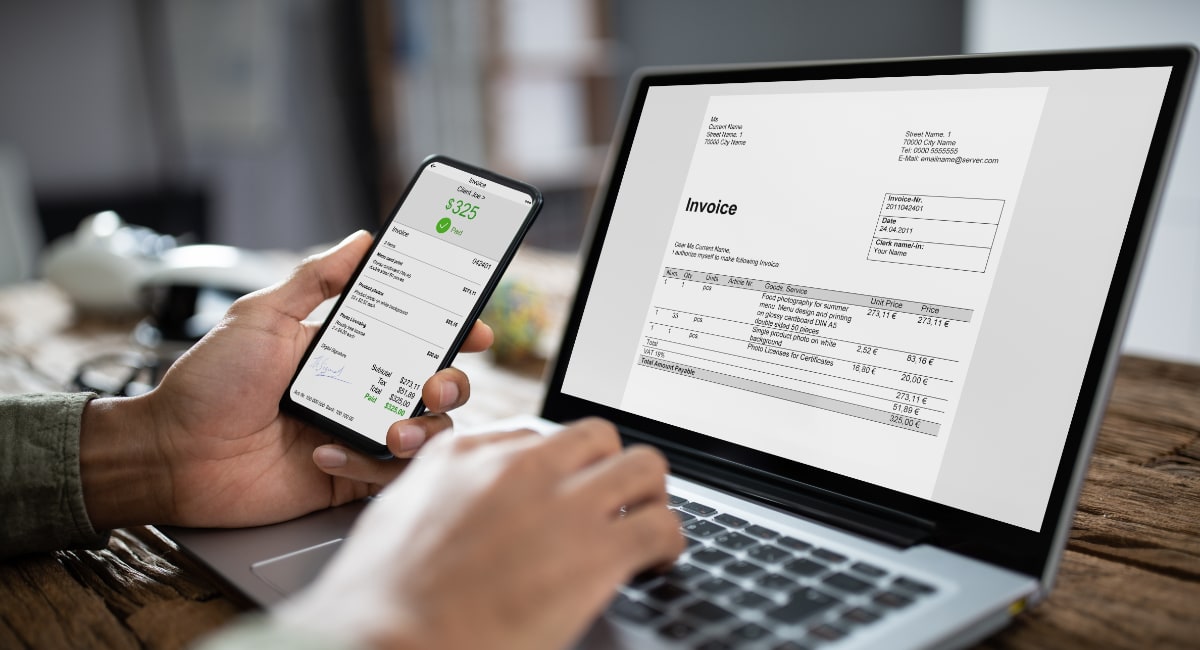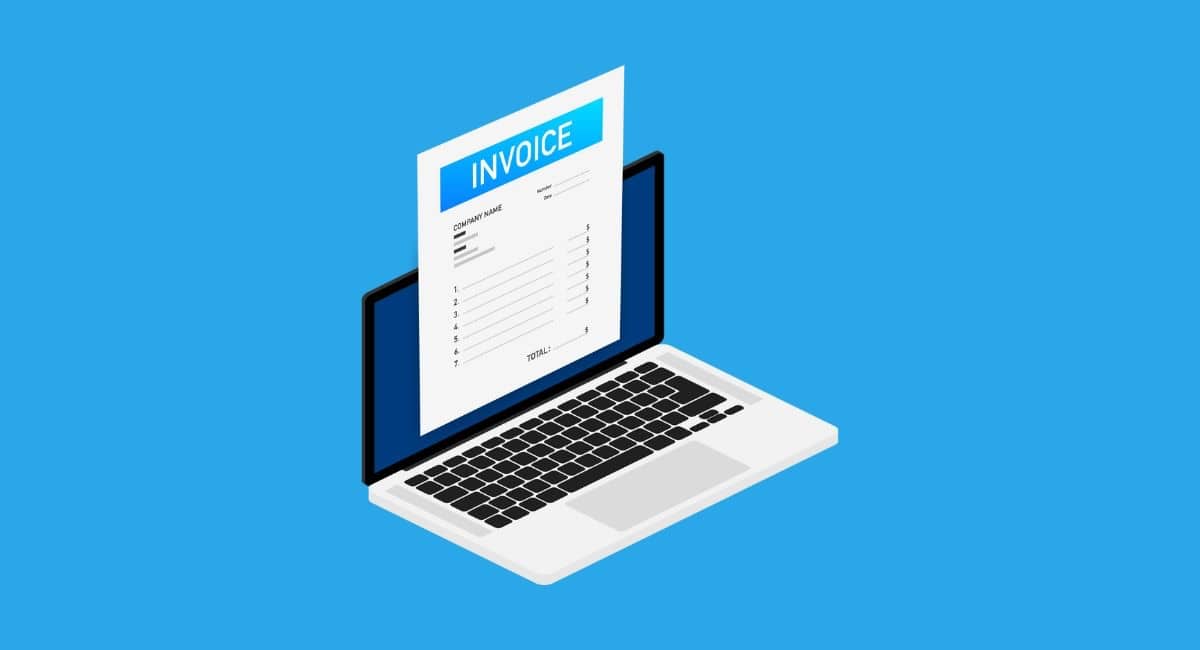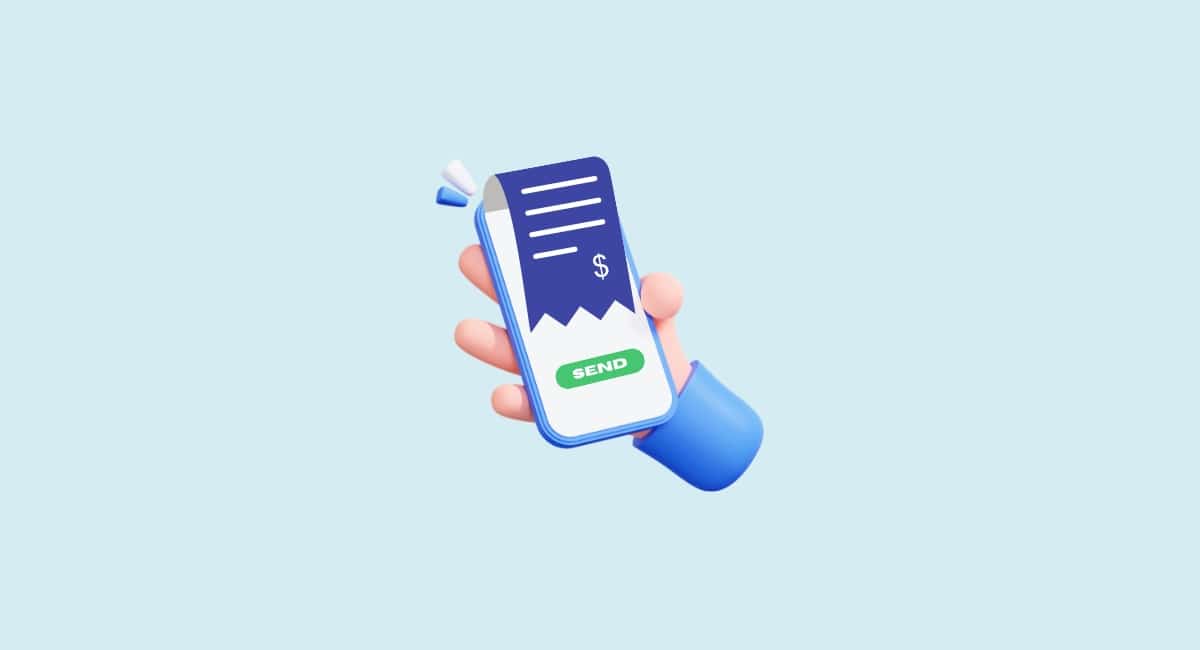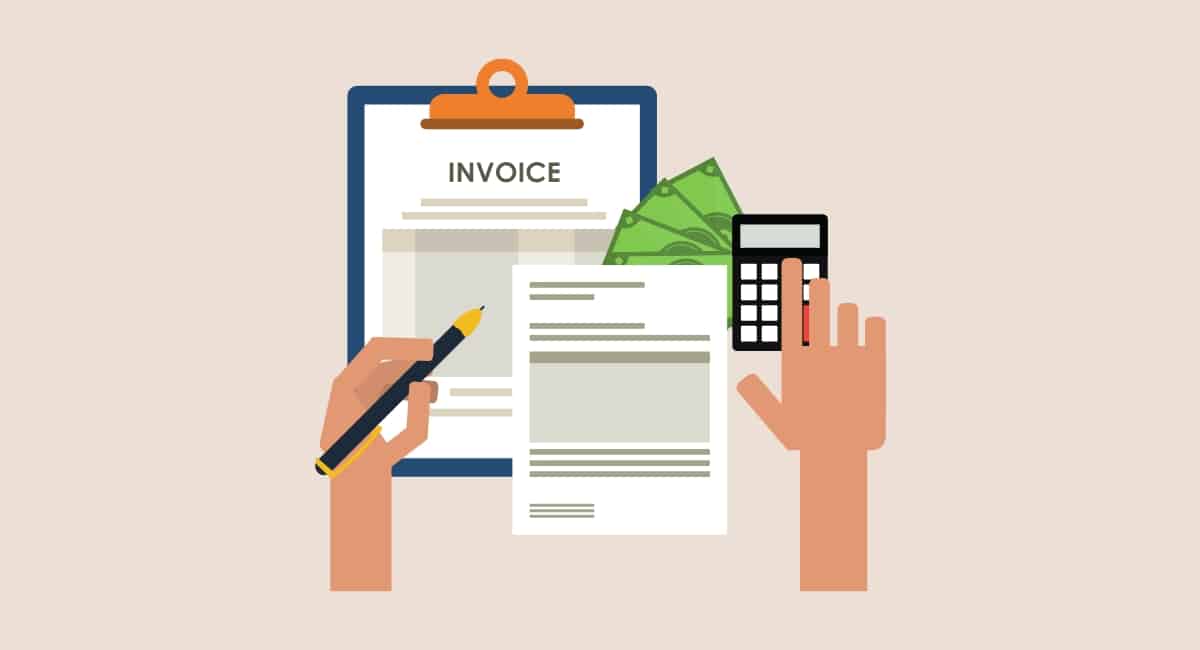You may be wondering if it’s time to ditch the Excel invoices for invoicing software, or perhaps it’s your first time billing clients and want to choose the best way to do this.
Either way, an increasing number of entrepreneurs, businesses and freelancers have chosen online invoicing software in the last few years. In response to demand, more accounting, payment and business account platforms have added invoicing as part of their feature set.
But is it wise to use invoice software compared to Excel or Word invoices? Which is the better option for your business? We go through the main pros and cons.
Time and effort
Time is of essence for most people, and it takes time to “dot the i’s and cross the t’s”.
When you manually create an invoice (not using invoicing software), you first have to find a template that’s compliant with invoicing requirements in your country. Knowing what details to include is important for HMRC and tax returns, and you can’t always rely on templates found online from global websites.
This is then downloaded to your chosen word processor or spreadsheet program on a computer. From here on, you need to manually edit the invoice, add up the numbers and taxes, adjust formatting, etc. Invoice numbers have to be unique and chronological for each invoice, so this has to be edited every time you send a new invoice.
With invoice software, there already is a template that prompts you to input all the information required by your local tax authority (in most cases). Sometimes, you can change certain aspects of the invoice design or choose another template that suits your style better.
The software will basically ask you to add essential information like products/services sold, cost per item, business and recipient details. It also adds up the numbers and taxes for you and generates the invoice number automatically.
Some solutions let you create and manage invoices in a mobile app, not just your computer. This is usually faster and much more accessible for people on the go.
What are some trusted software options?
See best invoice apps for a small business
Cost
Invoice templates usually display an ad in the footer, or require signing up to a website or mailing list before you can download it – but they are free in most cases. You could also just browse templates online, then manually copy the format in your chosen text editor – also free.
Given the popularity of online invoicing, there are also many free invoice software options to sign up for. Solutions with accounting included (e.g. Xero, QuickBooks) do cost a monthly fee, but there are free business accounts (e.g. ANNA Money) and payment apps (e.g. SumUp, Square) that include free invoicing.
The catch of “free” software solutions? Payments may have to go through a link, which incurs a transaction fee per successful payment.
Software that only deals with invoicing may also have tiered plans that give you more invoicing features (e.g. Invoice2go).
Extra features and automation
An invoice template is just that: a template. Anything involving sending it in an email, chasing up payments, payment reminders, bookkeeping, checking payment statuses etc. is something you’ll need to deal with separately.
With invoice software, you often get a whole suite of useful features connected to all the invoices. These may include:
- Automated payment reminders and overdue payment warnings
- Notifications when someone pays
- Transaction reports
- Invoice management through an app
- Saved customers and products/services for easy invoice creation
- Creation of quotes and pro forma invoices
- Auto-generated contract terms to include with invoices
The amount of features depends on the software, but even the simplest invoice solutions include time-saving features like payment reminders.
Payment options
A central aspect of invoicing is the payment method. How do you want clients to pay?
If you prefer bank transfers, your own Word templates will suffice. Just include bank details and instructions on the invoice, then let the customer complete the transfer through their banking app. Template invoices can also suggest other payment methods, for instance cash or cheque, or you can manually paste in a link or QR code that goes to a payment page online.
In other words, payment methods are not limited with a template invoice, but the invoice acts merely as a document conveying information about how to pay.
Invoice software, on the other hand, often includes a unique link on each invoice that goes to a payment page for that particular transaction. This is often the easiest way for clients to pay, but it also means the business pays a transaction fee for the payment. With bank transfers within the UK, neither the payer nor payee pays a thing, but accepting payments through links incurs similar fees to ecommerce transactions.
Some invoicing software does not allow you to remove such payment links, even if you can include instructions to use another payment method. Since it is often most convenient for people to pay through a link, it means that invoices with mandatory payment links may cost you transaction fees compared with a Word template that only gives clients the option to do a bank transfer.
Integration with accounting, bank account etc.
A basic template invoice is not integrated with any software – it’s just a file on your computer. This could be fine for people who just need to make an invoice to send off and plan to deal with accounting separately.
Invoicing software, on the other hand, typically tracks the payment status (sent/unsent, paid/unpaid, overdue, etc.) and includes the money received through invoices in sales reports. These reports could be linked to accounting software, a business account or point of sale (POS) system depending on the software platform.
Local or cloud storage
Storage of invoices is important for accounting and complying with tax rules.
You are responsible for saving invoices made in Excel or Word securely on your laptop, external hard drive or better yet: a cloud-based storage solution such as Google Cloud or iCloud. Storing files on a computer, USB stick or external hard drive are local storage solutions, whereas cloud solutions are a secure way to store files online.
With invoicing software, invoices are automatically stored in your account on the invoice platform. This is cloud-based and therefore accessible from any computer or mobile device. You can, of course, print or download invoices to store on your computer too if that’s better for bookkeeping.
Which is best?
If you’re just sending one, simple invoice a month, perhaps to the same client, it might be easy enough just to reuse a template you like in Word or Excel and edit just the few details that change. You’ll need to be on a laptop to do this, as it will be hard to edit a template manually on a mobile device.
If you’re sending more than one invoice monthly where quite a few details need to be edited, invoicing software will inevitably save time. It might even be possible to send invoices through a platform you’re already part of, e.g. a business account app or accounting software – look into that first.
In any case, invoicing is easier when you stick to the same method for all invoices.





